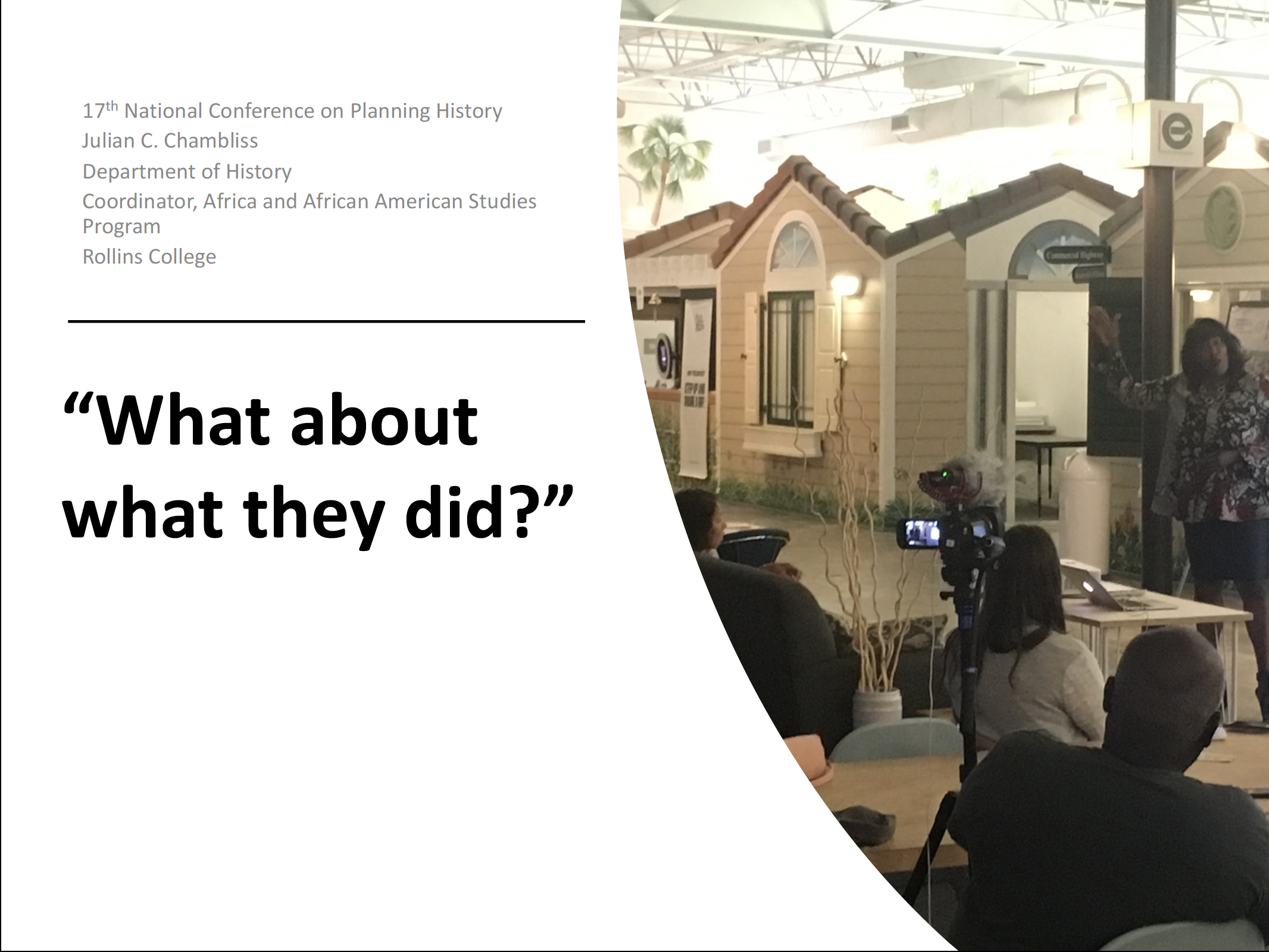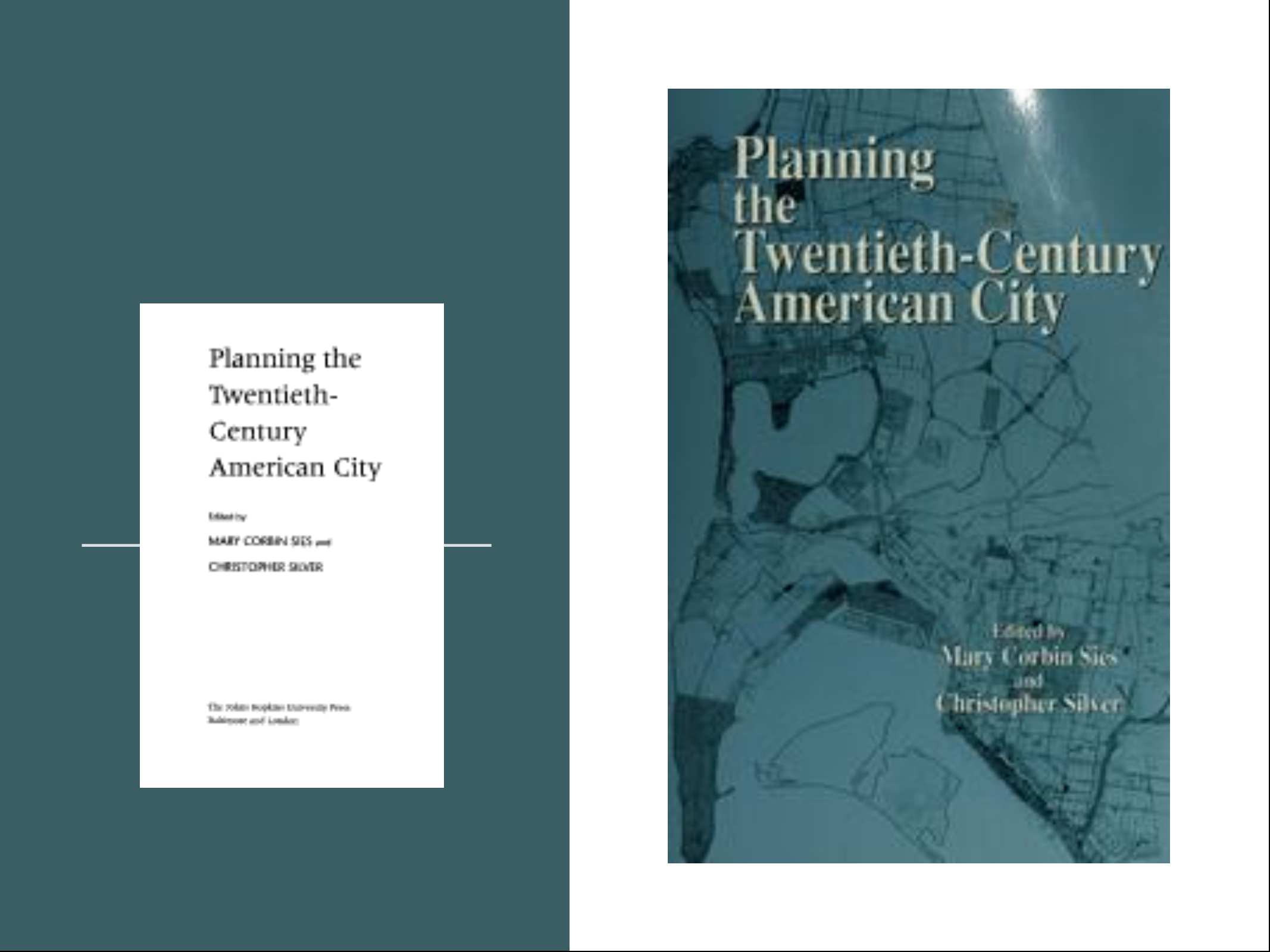"What about what they did?": Reflection on SACRPH Plenary
I've run through a gauntlet of activities from the end of October until mid-November. The Society for American City and Regional Planning History's 17th National Conference on Planning History was October 26th-29th in Cleveland. I was co-chair of the planning committee for the conference. I presented on Hannibal Square's history but also was part of the Plenary (opening conference panel) that celebrated the 20th anniversary of Planning the Twentieth Century American City.
Like many graduate students, I was deeply affected by this book. Celebrating it as part of the conference seem obvious, but the plenary came together in an amazing way. I actually did not put myself on the plenary, Mary Sies asked me to participate. Thinking about how my understanding of the history of planning has played out, I very much used that knowledge in community engagement context. Projects like Rethinking the City, which is community conversation co-curate with professionals in planning, arts, and enterprise. We come to the idea of RTC with the intention of promoting dialogue to enhance the city. I ended up using a recent discussion about Parramore to talk about how questions of race and community continue to shape our collective perception of the planning process. Of course, much of my community work is about documenting black experience in generative digital projects that give spotlight hidden narrative. Key to my approach is to understand how historians can document, preserve, and present history across a variety of platform. A project with student researchers that contextualize a local process within the broader histographical argument can be helpful to foster understanding and support dialogue that empowers community members. The challenge is to move that activity from teaching to research category. While I saw the co-chairing process as a way to bring vital conversations about identity, place, technology, and politics to the center of the conference in a way that recognizes how actors beyond academia can benefit from engagement with scholars, it also reminded me that ultimately that work has to be modeled by people. I'm one of those people.


